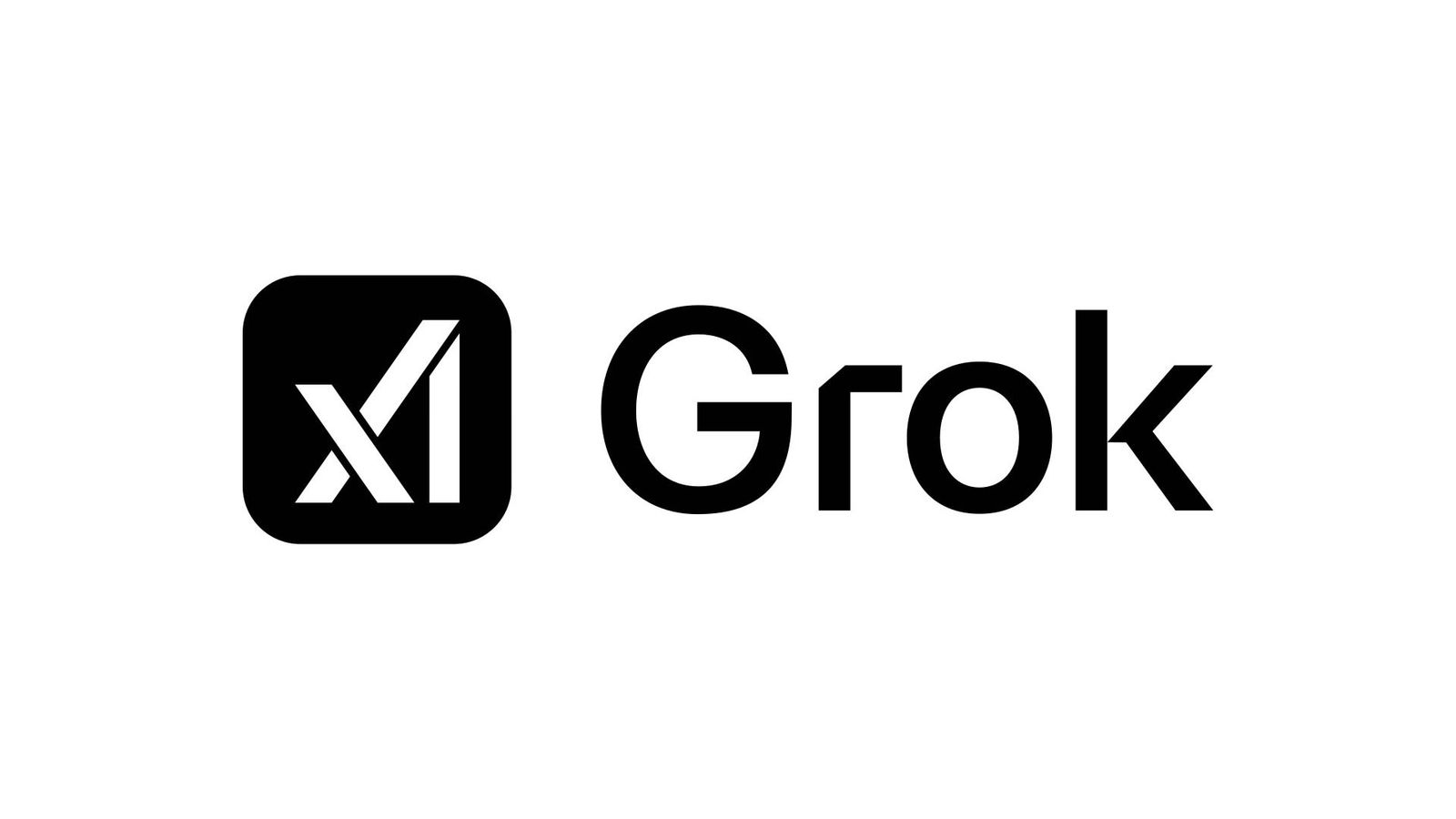12 Most Advanced AI Systems in 2025
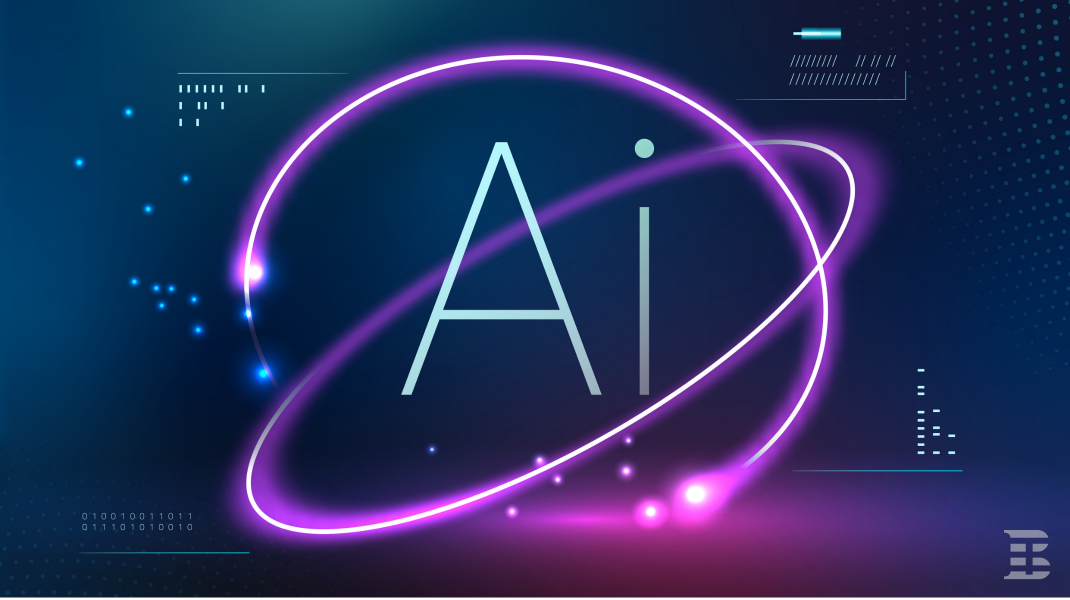
Summary
The use of AI changes economies, industries, and our daily lives. It facilitates the advancement of machine learning and expert systems, natural language processing and speech recognition, computer vision and text-to-image generation, with a projected 37.3% annual growth (2024–2030) and a 21% boost to US GDP by 2030.
Key areas include:
-
Large Language Models (LLMs): Examples include Gemini (Google), GPT-4/GPT-4o (OpenAI), and Grok-3 (xAI), excelling in text, image, and multimodal tasks.
-
Intelligent Virtual Assistants: Siri, Google Assistant, Alexa help users with daily tasks, voice commands, and real-time data.
-
Text-to-Image Models: DALL-E, MidJourney, Adobe Firefly transform written prompts into visual content.
Artificial intelligence is the imitation of human cognitive processes by computer systems to perform activities that require human intellect. AI applications such as expert systems, machine learning, natural language processing, speech recognition, and machine vision are used to simulate and enhance human-like intellect.
According to Grand View Research, AI will continue to transform many industries, with a projected annual growth rate of 37.3% between 2024 and 2030. This fast expansion highlights the growing importance of AI technology in the next years.
By 2030, AI is predicted to deliver a large 21% net rise to US GDP, demonstrating its influence on economic growth.
There are several sophisticated AI systems that should be examined, which is our purpose with this post. We give a list of the top most sophisticated artificial intelligence systems in the world as of 2024.
Large Language Model (LLM)
Large language models (LLMs) are artificial intelligence (AI) that can replicate human intellect. They analyze huge amounts of data with statistical models, discovering patterns and relationships between words and phrases.
To understand how they function, it is necessary to first examine how they are trained and also to understand the patterns and relationships between words. LLMs are fed enormous volumes of data, such as books, papers, or web pages. The more data it is fed, the better it will be at creating new material.
Some notable large language model systems are:
Gemini
Gemini (formerly Google Bard)

Recently, the Google Brain team and DeepMind made an amazing addition to the AI environment by merging two top AI research groups, to create a collection of potent Large Language Models that go by the name Gemini. Gemini is an AI system that was created from the ground up using Google's cutting-edge AI stack. Gemini is a multimodal AI model that can comprehend and react to text, pictures, music, code, and even movies, in contrast to typical AI models that are limited to text. As a result, Gemini is the most adaptable model ever created.
The Gemini artificial intelligence system is available in three sizes to suit different needs. The powerful Gemini Ultra take on complex cloud computing tasks using its formidable reasoning skills and executes multiple inputs. For those seeking a balance of power and portability for daily use, Gemini Pro integrates with Bard and other Google products like Google AI Studio and Vertext AI. Finally, Gemini Nano is the smallest, most portable version, running efficiently on smartphones to provide on-the-go AI capabilities.
Google states that Gemini outperforms competitors like OpenAI's GPT-4 in understanding complex concepts like maths, code, literature, and reasoning, making it ideal for research, code generation, and explaining scientific theories. Google has made Gemini Pro accessible to developers through their API, which is now free and available through Google AI Studio.
Moreover, on a sidenote, Google announced Bard on February 6, 2023, in a statement by Sundar Pichai, the CEO of Google and Alphabet. Bard was launched about a month after its announcement, on March 21, 2023. After almost a year, Bard was renamed as Gemini.
On February 8, Google changed the name of its AI chatbot, Google Bard, to Gemini. The name change refers to Google's LLM, which powers the chatbot. Google CEO Sundar Pichai announced the change, stating that the new name reflects the advanced technology at the heart of the chatbot.
Google Bard had some significant issues when it was initially launched almost a year ago. However, since then, it has undergone two large language model upgrades and several updates. The newly introduced name might be an attempt to leave behind its past reputation.
Gemini Advanced
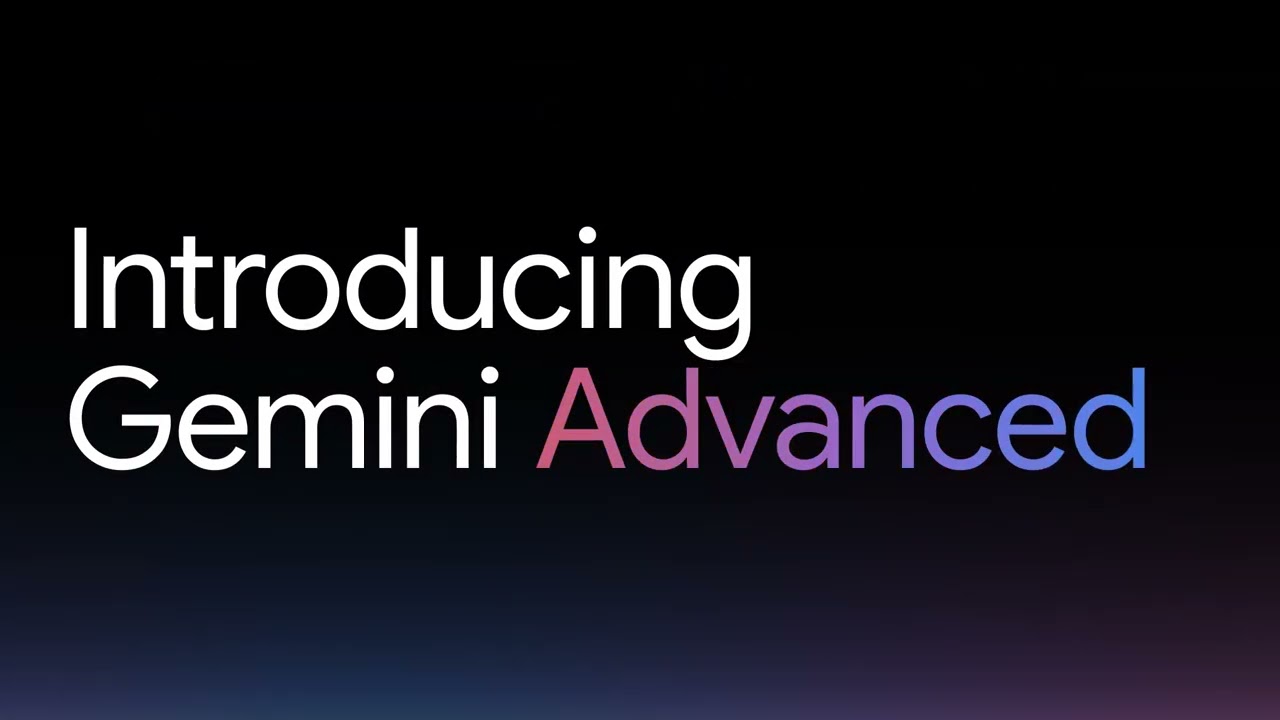
Gemini Advanced is a premium AI service offered by Google as part of the Google One Premium AI Plan, costing $19.99 per month. This service provides access to Google's most advanced AI model, Gemini 1.5 Pro, which offers significant improvements in several areas:
-
Long Context Window: Gemini 1.5 Pro can process up to 1 million tokens, making it capable of handling extensive documents of up to 1,500 pages, summarising 100 emails, and soon, analysing an hour of video content or large codebases with over 30,000 lines.
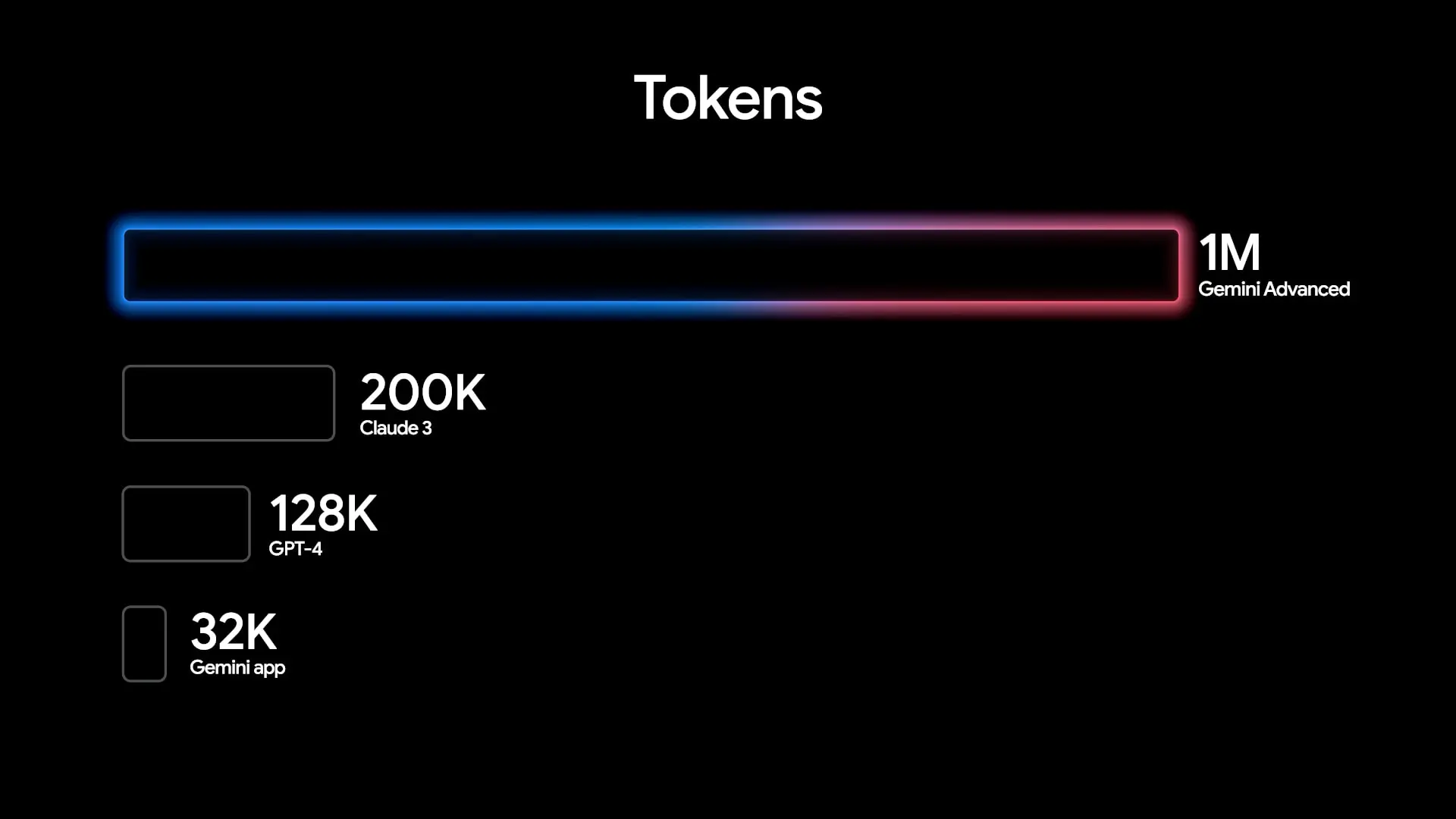
-
Multimodal Capabilities: The model can understand and generate responses based on text, and images, and will soon include video. For example, it can provide step-by-step solutions for maths problems from photos and generate recipes from images of dishes.
-
Data Analysis: Users can upload files like spreadsheets, CSVs, and Excel files to get detailed insights and visualizations. This feature is designed to aid in tasks such as creating charts and analyzing data.
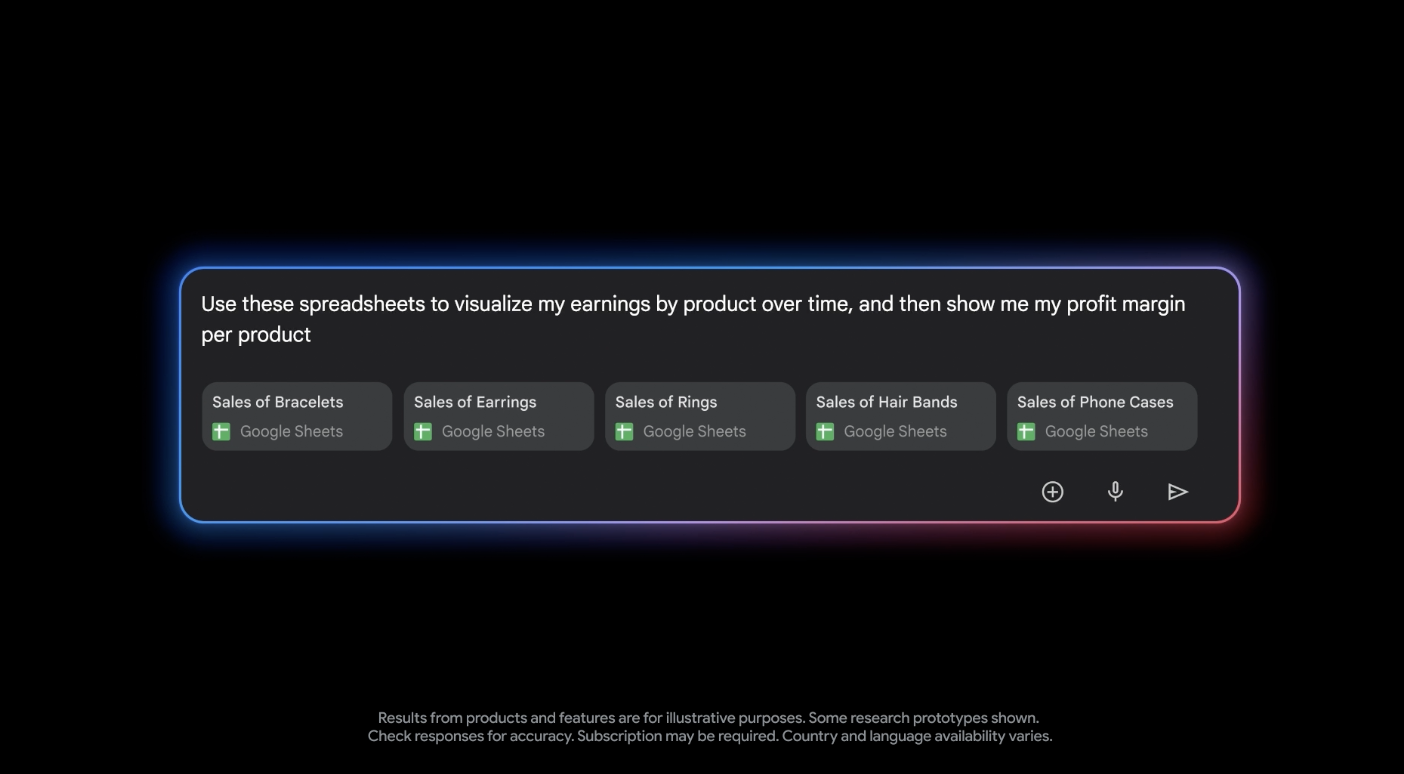
-
Integration with Google Apps: Gemini Advanced integrates with various Google services, including Gmail, Google Drive, Docs, Sheets, and more. It can help with planning, such as organizing travel itineraries by pulling in flight and hotel information from Gmail and suggesting activities based on preferences.
-
Customizable AI Assistants (Gems): Users can create personalized AI assistants called “Gems” that can serve specific roles like a gym buddy, coding partner, or creative writing guide. These Gems can be tailored to respond and interact in ways that suit individual needs.
Chat GPT
GPT-3.5 Turbo
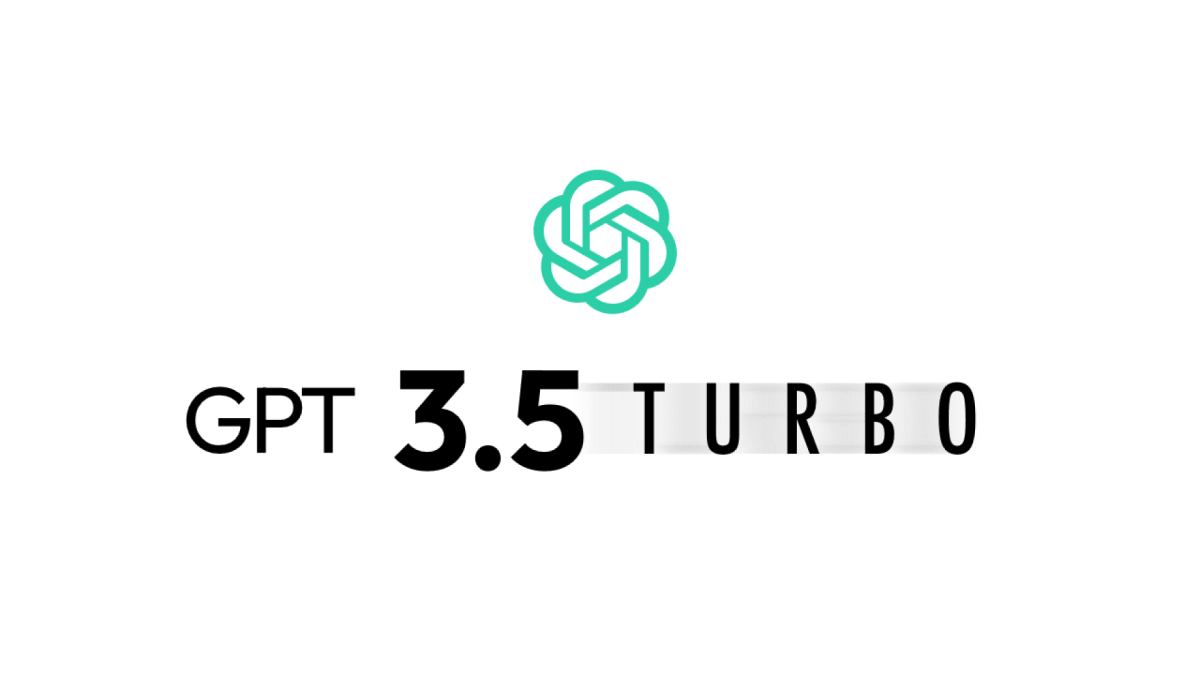
Our first pick is GPT 3.5 Turbo, also known as Generative Pre-trained Transformer 3, which is the third generation of generative language models developed by OpenAI. ChatGPT is a chatbot that can simulate a human conversationalist, write and debug computer programs, write poetry and song lyrics, answer test questions, compose music, imitate a Linux system, simulate entire chat rooms, play games like tic-tac-toe, and simulate an ATM. Man pages, details on internet phenomena like bulletin board systems, and knowledge about several computer languages are among the data used for its training.
The GPT-3.5 Turbo language model is regarded as one of the most complex ones ever developed. It has undergone thorough training on terabytes of data and comprises a huge 175 billion parameters. The company needs to allocate several months and over $4.3 million to train the GPT-3.5 Turbo algorithm due to its massive size.
Limitations. ChatGPT is featuring “hallucination” and an over-optimized reward mechanism. It is unfamiliar with events beyond September 2021, and human reviewers prefer longer responses. Training data is also subject to algorithmic bias, which may be shown when ChatGPT answers requests that include human adjectives.
Updated GPT-3 models
OpenAI announced in July that the original GPT-3 base models (Ada, Babbage, Curie, and Davinci) will be discontinued on January 4th, 2024. They are introducing Babbage-002 and Davinci-002 as their replacements. These new models are available as base or fine-tuned versions and can be accessed through the Completions API.
GPT-4
The new language model GPT-4, developed by OpenAI, can produce text that is similar to human speech. It can analyse up to 25,000 words in a single request and it’s rumoured to have more than 1 trillion parameters. It is a multimodal AI that can process not just text but also visuals and sounds, unlike its predecessor GPT-3.
This new generation of language models, according to OpenAI, is better advanced in three crucial areas: ingenuity, visual input, and lengthier context. According to OpenAI, GPT-4 is far more creative and is considerably better at working with people on creative projects. These include, technical writing, music, scripts, and the capacity to learn a user's writing style are important skills.
Microsoft has revamped the Bing search engine to use artificial intelligence based on ChatGPT as part of a multi-billion partnership with OpenAI.
Moreover, Microsoft has made clear that Cortana will no longer be supported on Windows 10 and Windows 11 as of late 2023. This is a significant statement for Microsoft as it works to advance AI in Windows development. GPT-4 costs $20 per month with more advantages, while GPT-3 is free to use and have only standard features.
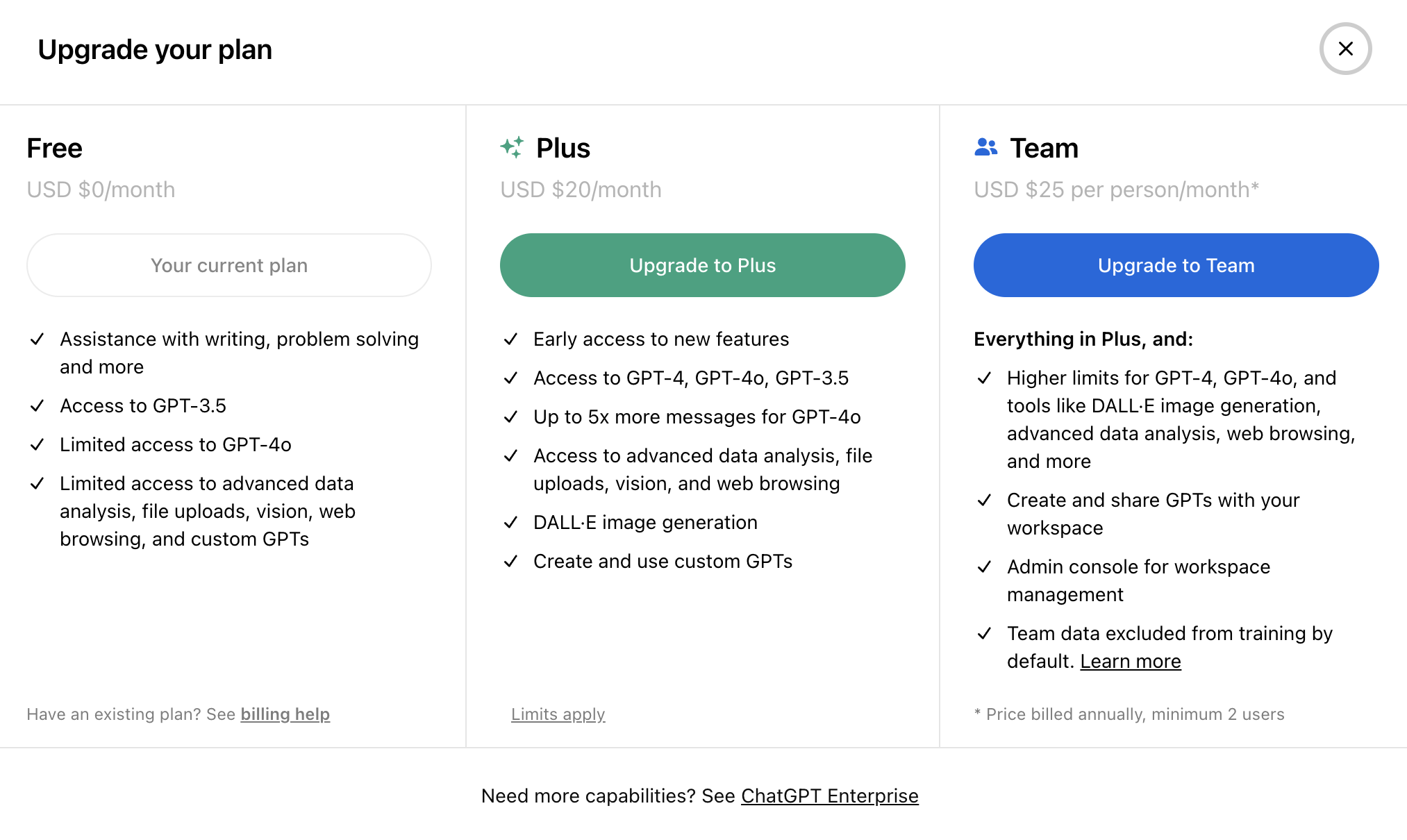
Limitations. OpenAI's GPT-4 language model has new capabilities, but still has limitations such as social biases, hallucinations, and adversarial prompts. The company is working to address these issues, which are still being addressed.
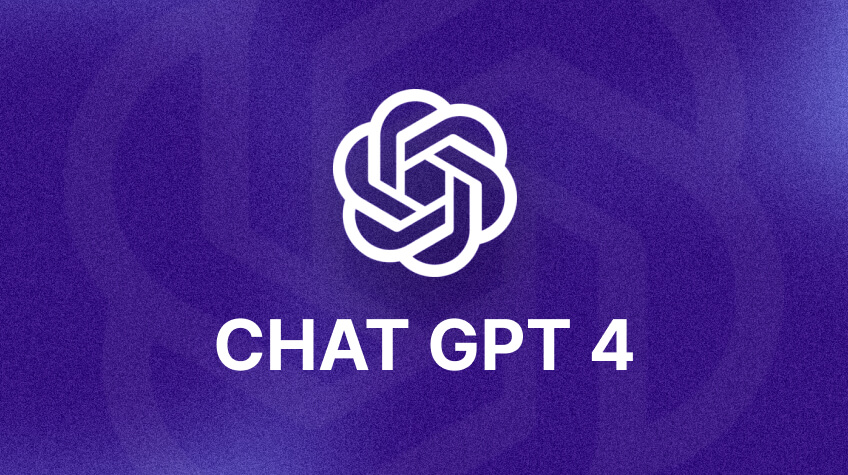
GPT-4o
GPT-4o (GPT-4 Omni) is a multilingual, multimodal AI model by OpenAI, announced on May 13, 2024. GPT-4o (“o” for “omni”) is a step toward far more natural human-computer interaction.
Key features include:
- Accepts inputs in text, audio, image, and video formats.
- Generates outputs in text, audio, and image formats.
- Responds to audio inputs in 232 to 320 milliseconds, similar to human response time.
- Matches GPT-4 Turbo performance in English text and code.
- Significant improvement in non-English text processing.
- Faster and 50% cheaper in the API compared to previous models.
- Enhanced vision and audio understanding capabilities.
OpenAI lays out plans for GPT-4.5 and GPT-5
OpenAI CEO Sam Altman shared plans for GPT-4.5 and GPT-5 AI models in a post on X. He noted that OpenAI’s product lineup has become complicated and stated that the company would simplify its offerings.
“We hate the model picker as much as you do and want to return to magic unified intelligence,” Altman said.
He indicated that GPT-4.5, which was called Orion internally, will be OpenAI’s last model that doesn’t use chain-of-thought reasoning. Altman did not provide specific release dates for GPT-4.5 and GPT-5, but he mentioned they might be launched in the coming weeks or months.
OpenAI's board of directors plans to reject the bid after Elon Musk offered to buy its nonprofit arm for $97.4 billion.
Microsoft Copilot
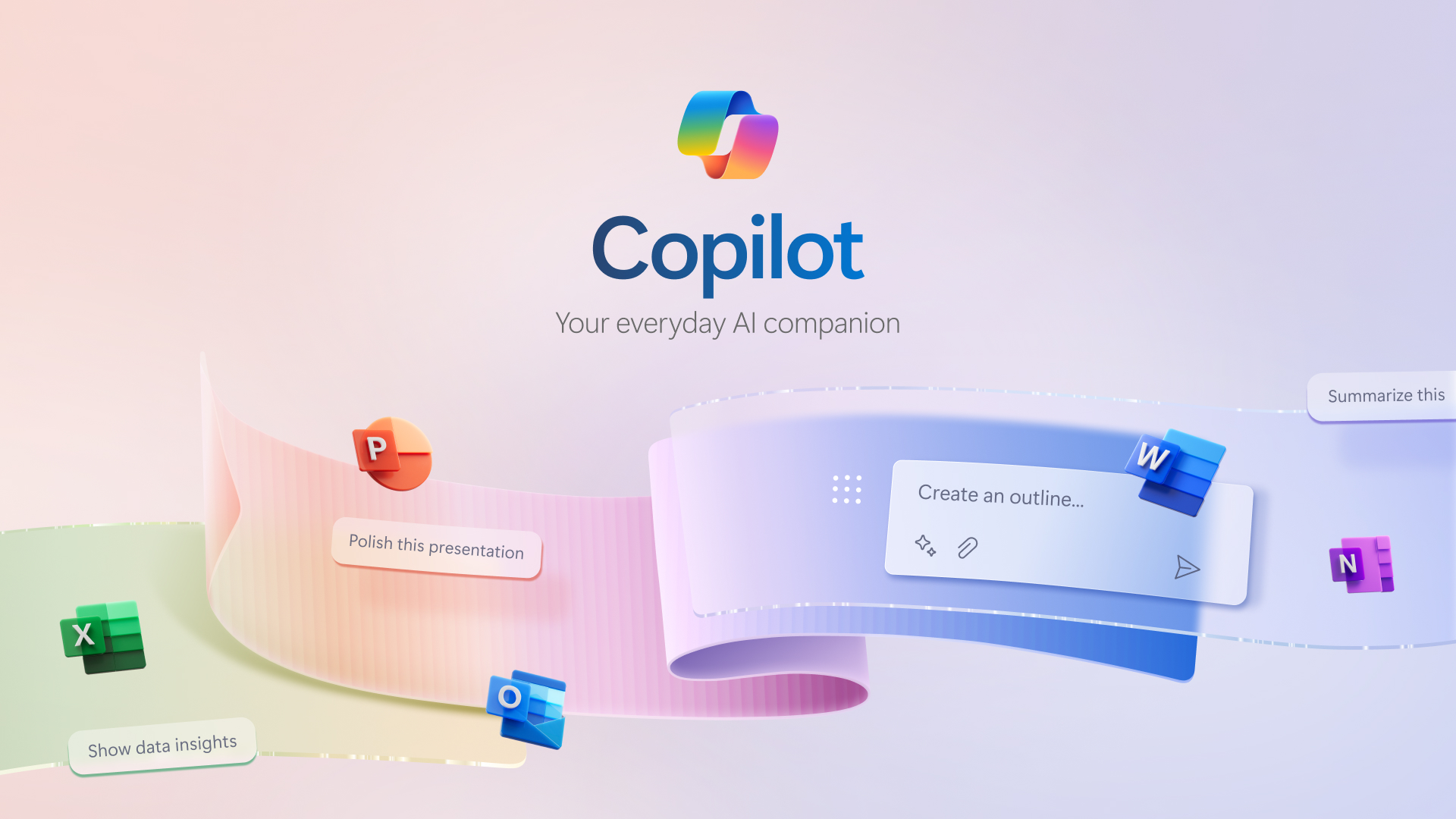
Microsoft has launched Copilot Chat to help organizations use AI more easily. This new feature introduces pay-as-you-go agents into the free chat service for Microsoft 365 commercial users. With Copilot Chat, businesses can enable employees in areas like customer service, marketing, and frontline operations to use AI without hassle.
Key features include:
- A free and secure AI chat powered by GPT-4o.
- Built-in agents for quick help.
- Strong IT controls for businesses, including data protection and management of agents.
Organizations will now combine Copilot Chat and Microsoft 365 Copilot to adopt AI across the entire company. This approach helps businesses integrate AI into their workflows to keep security, efficiency, and return on investment in mind. Microsoft wants to create a future where every worker has a Copilot and smart agents help with every process.
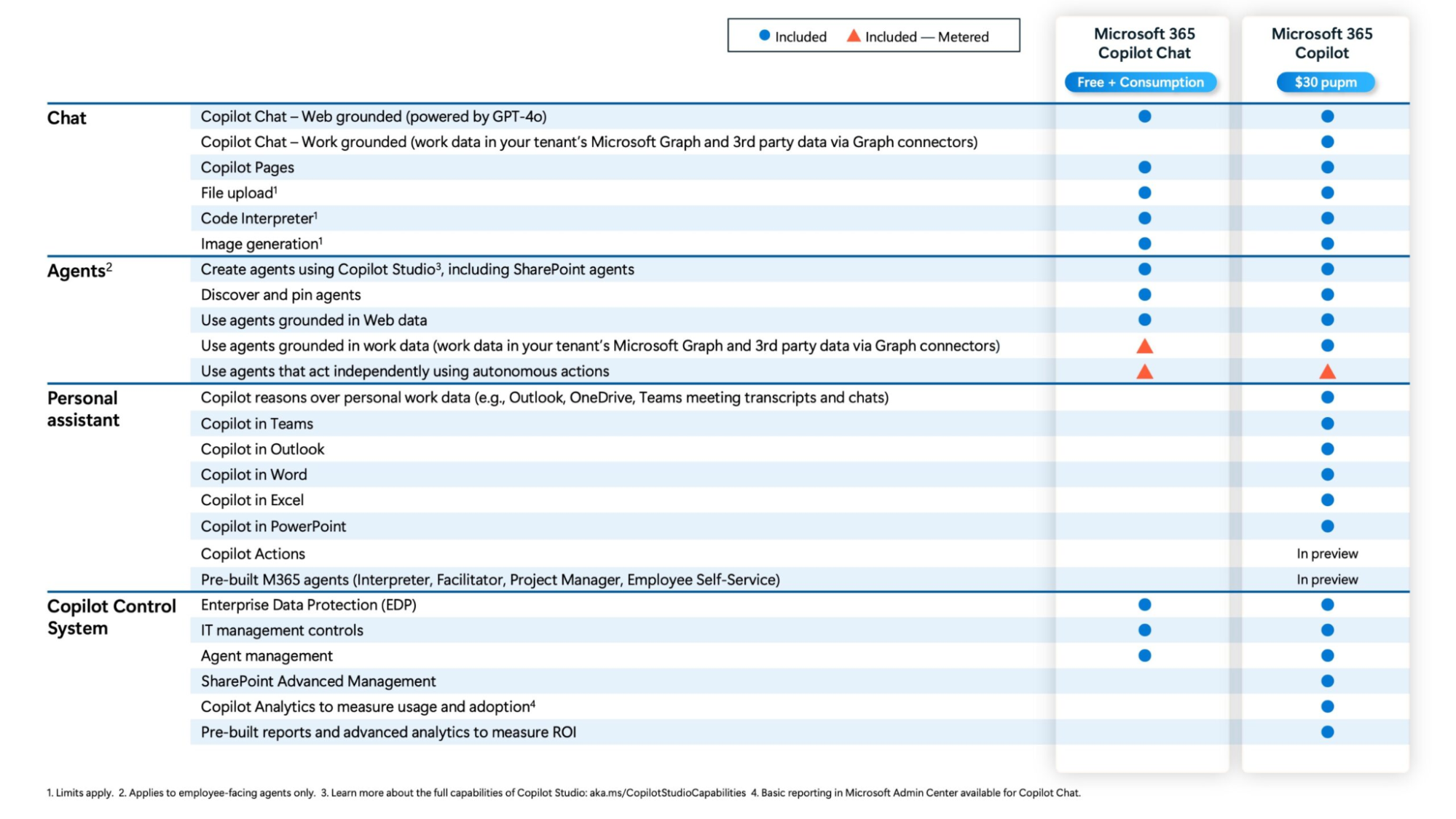
Grok
Grok is a chatbot created by xAI that focuses on generative artificial intelligence. It uses a large language model and was launched in 2023 by Elon Musk. The chatbot is designed to be humorous and has direct access to X, which was previously known as Twitter.
xAI has released several versions of its Grok chatbot, starting with:
- Grok-1 (Nov 2023)
- Grok-1.5 (Mar 2024) + improved reasoning
- Grok-1.5V (Apr 2024) + visual processing
- Grok-2 (Aug 2024) + enhanced performance and image generation, with a lighter Grok-2 mini version
- Grok-3 (Feb 2025) the latest version uses 10x more computing power for advanced reasoning, alongside Grok-3 mini, a faster, more efficient variant
On February 18, Elon Musk's AI startup xAI launched Grok-3, its latest chatbot. This new version would compete with Chinese AI firm DeepSeek, OpenAI backed by Microsoft, and Google from Alphabet. According to Reuters, Grok-3 is now available to Premium+ subscribers on X, the social media platform owned by Musk. xAI is also introducing a new subscription tier called SuperGrok for users who want to access the chatbot through its mobile app and Grok.com website.
“Grok-3 across the board is in a league of its own,” Musk said during a livestream with three xAI engineers. He explained that the new model performs better than Grok-2.
DeepSeek
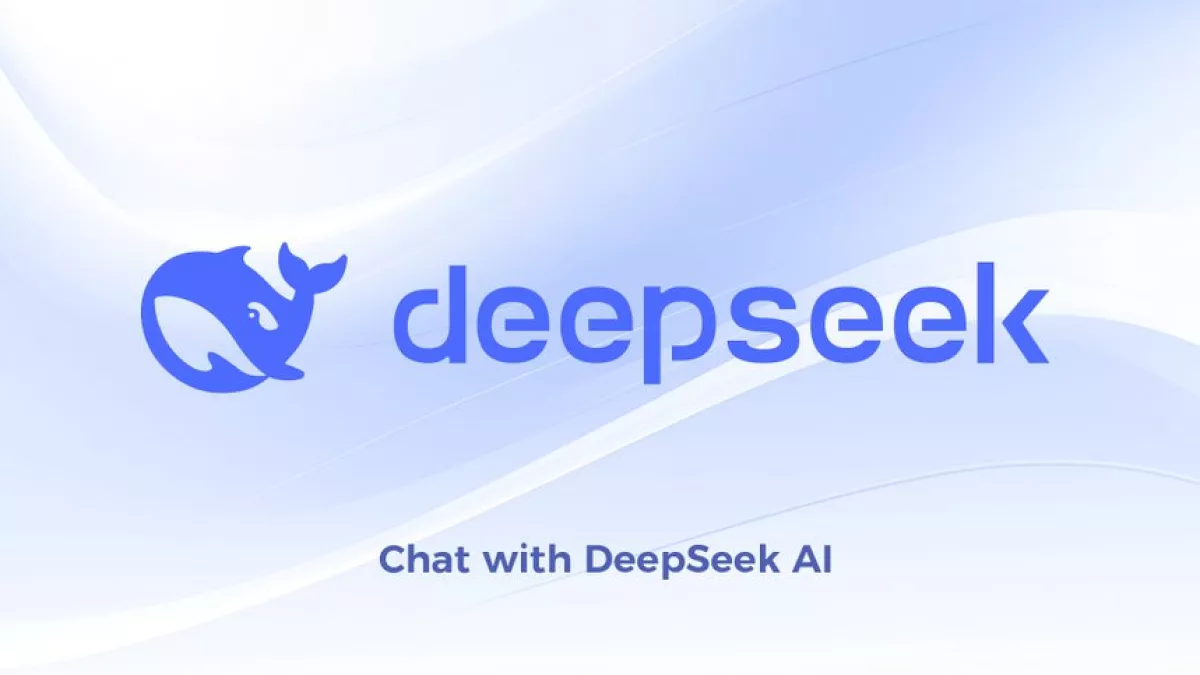
Hangzhou DeepSeek Artificial Intelligence Co., Ltd. (DeepSeek) is a Chinese AI company founded in July 2023 by Liang Wenfeng. The company focuses on creating large language models (LLMs). In January 2025, DeepSeek launched its chatbot and the DeepSeek-R1 model. This model works similarly to other LLMs like GPT-4 but costs much less to train—$6 million compared to GPT-4’s $100 million. DeepSeek claims its model uses about one-tenth of the computing power that Meta’s Llama 3.1 requires.
DeepSeek's “open weight” models gather knowledge from different fields. The training costs are lower because there is limited access to Nvidia chipsets due to US trade restrictions. This has disrupted the AI market and affected major companies, leading to a $600 billion loss in market value for Nvidia, according to CNBC.
Intelligent Virtual Assistants Software
Intelligent Virtual Assistants Software (IVAs) and chatbot software differ in the nature of the conversation conducted. IVAs may recognize a variety of diverse intentions from a single speech and can even understand answers where natural language processing (NLP) is not used. Let’s have a look at some most popular AI assistants:
Siri
Apple's Siri is an artificial intelligence (AI) assistant that uses voice commands and a natural language user interface (UI) to carry out a variety of helpful tasks. Siri is accessible on all the main Apple operating systems, including iOS, macOS, and iPadOS, and it is extremely customizable, adjusting to users' preferred languages, searches, and other factors.
Functions. Siri's main functions include answering questions, making recommendations, answering questions, making phone calls, sending text messages, and dictating location.
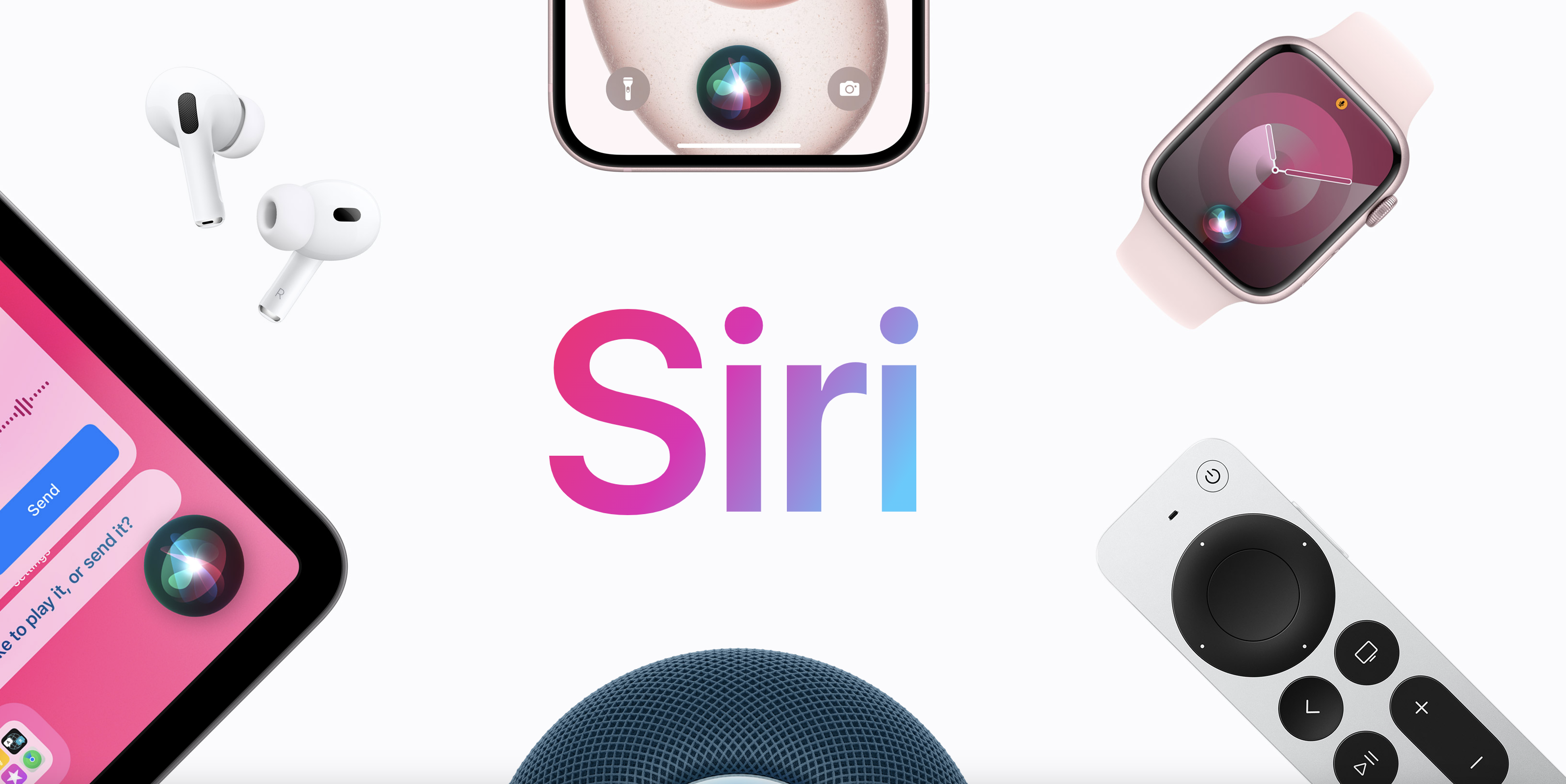
Google Assistant
A top AI-powered virtual assistant, Google Assistant, was introduced in 2016 and is supported by one of the most recognizable corporations in the world. Among the variety of AI assistants on the market, Google Assistant is well known for its innovative features.
Google Assistant has increased its compatibility with a variety of gadgets, including smartphones, headphones, home appliances, and automobiles, through partnerships with several businesses. It is extremely compatible with 10,000 different brands and devices.
Features. Google Assistant offers voice and text entry, voice-activated control, task completion, reminders, appointments, and real-time translation.
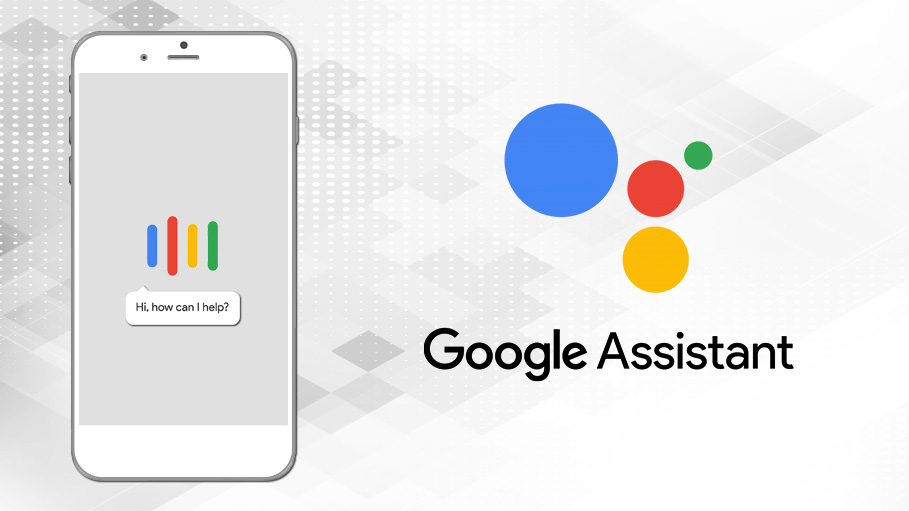
Alexa
Another well-known AI-powered virtual assistant is Amazon's Alexa, which has seen a huge increase in popularity. It may be used on a broad range of devices and uses voice interaction, natural language processing (NLP), voice queries, and a variety of other features to complete tasks. Alexa has the capacity to make to-do lists, set alarms, stream podcasts, and play audiobooks. Additionally, it provides real-time data on a variety of topics, including sports, news, weather, and traffic.
One feature that distinguishes Alexa from other gadgets that need a button push is its wake-up phrase, which enables users to activate the assistant with a single word. Over 100 million devices already have Alexa built-in, confirming its widespread usage and popularity.
Functions. Alexa's main functions include music playback, to-do lists, podcast streaming, news and sports updates, and real-time weather and traffic data.

Text to Image Models
Text-to-image generators can generate diverse images based on textual input, allowing for visualization of written content and various styles. These AI image generator models can create drawings with specific artistic styles or high-definition photographs, offering flexibility and versatility in transforming text into visually captivating and expressive imagery.
DALL-E
Dall-E is a generative AI system that allows people to generate new images by responding to graphical prompts with words. Dall-E is a neural network that can generate whole new graphics in any number of different styles according to the user's instructions.
This generative AI system made its debut in January 2021 and was developed by AI service firm OpenAI. To read natural language user prompts and generate new graphics, the technique employs deep learning models alongside the GPT-3 big language model as a foundation.
While Dall-E has numerous advantages such as speed, customisation, accessibility, extensibility, and iteration, the technology's potential is not endless. Also, it has various constraints, including copyright, the legitimacy of generated art, the data collection, realism, and context.
Dall-E is a technology that people and developers may utilize to integrate into their products. OpenAI charges developers based on imagine size, with costs ranging from $0.016 to $0.020. Through its enterprise sales group, volume savings are possible. The most recent pricing is available on the API's pricing page. Through its enterprise sales division, OpenAI also offers volume savings. The most recent pricing is available on its pricing page.

MidJourney
Midjourney is a generative AI tool that converts natural language prompts into images using machine learning, one of the latest emerging image generators which enables you to create high-quality images from simple text-based inquiries. It operates purely through the Discord chat app, so no specific hardware or software is required. The only disadvantage is that you must pay at least a small fee before you can begin making images. In contrast, many of the competitors offer at least a few image generations for free.

It operates on a freemium model, offering premium features for advanced users. Also, offers customization options and an active community for collaboration, idea-sharing, and inspiration. The platform continuously evolves and improves to provide the latest features and advancements in text-to-picture AI.
Midjourney has three subscription plans: $10/month, $30/month, and $60/month. Each plan is also available with a yearlong commitment at a 20% discount, for $8/mo, $24/mo, and $48/mo, respectively. A free trial is also available for individuals who wish to try out the service before committing to a membership.
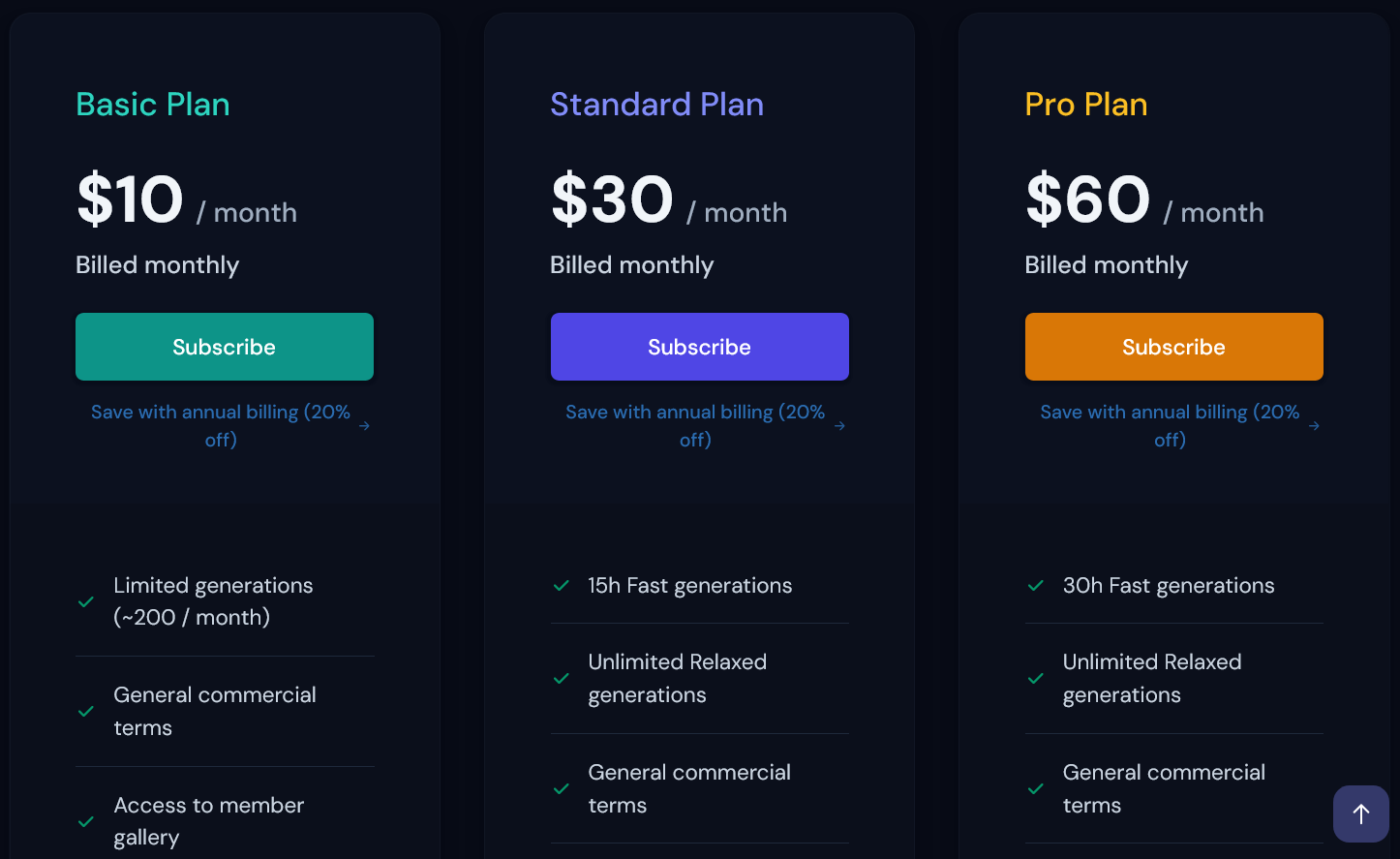
Adobe Firefly
Adobe Firefly has a simple rapid system that allows you to easily enter phrases or descriptions and the system will produce appropriate images.
Moreover, Adobe Firefly is a set of generative AI models designed to work with Adobe's Creative Cloud suite of apps. It allows users to create images, textures, and text effects in its beta phase. The goal is to develop tools for 3D and video apps, such as image-based weather changes in videos with text prompts.
Adobe Firefly integrates into Photoshop, providing a collaborative environment for multiple artists to work on the same image. This feature enables real-time edits, feedback, and seamless sharing of sketches, making it valuable for creating diverse content within a unified Creative Cloud application. Adobe Firefly acts as a connecting bridge, facilitating seamless interaction and collaboration across various creative endeavors.
The software is currently free but in beta testing. Users can join the beta and use the AI on the Adobe website. Plans include integration into all Adobe apps, including Photoshop, which aids image editing.
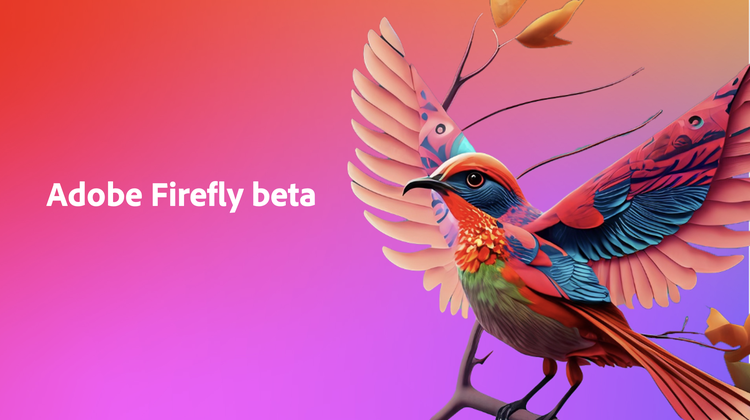
To Sum Up
To summarize, the future of AI in business is extremely bright, with endless opportunities for innovation and development. We should expect even more fascinating technological developments beyond 2024.
The area of Artificial Intelligence is quickly evolving, and we are now in its early phases. The systems mentioned in this article are just some of the many systems available today. AI has the ability to transform our lifestyles, jobs, and social connections, and we are expected to see further progress and advancements in this area.
Related Questions & Answers
What makes Gemini different from other AI models like ChatGPT?
Why is GPT-4o considered a major upgrade in AI technology?
Which AI systems are best for creating images from text?
How will AI impact the global economy by 2030?
